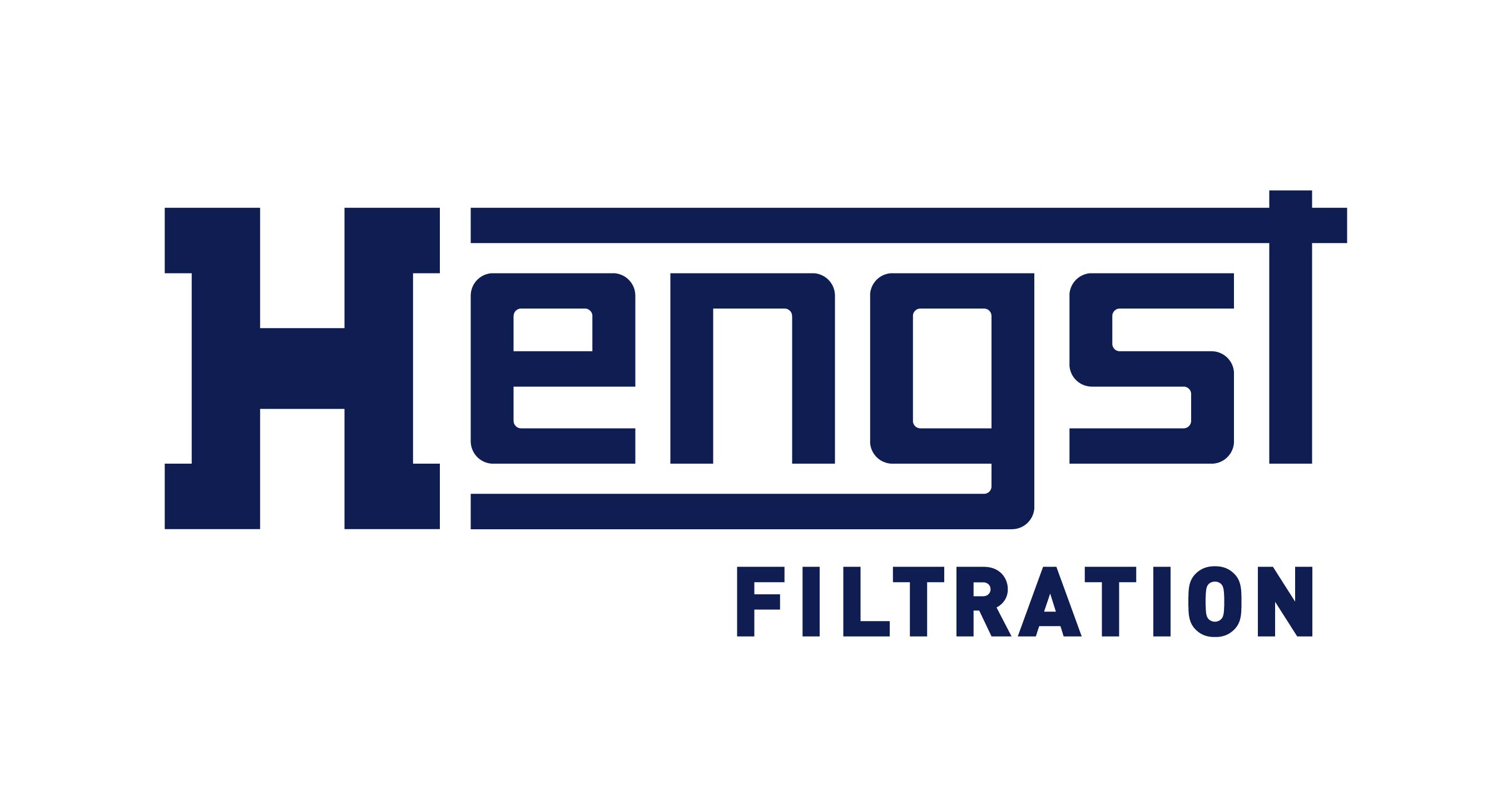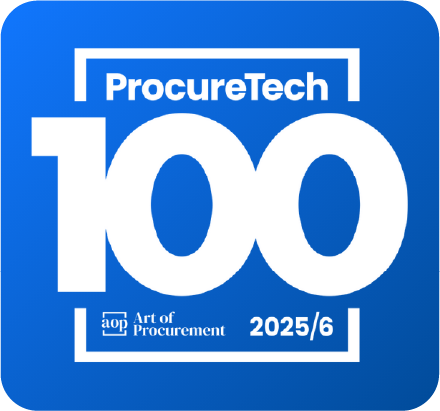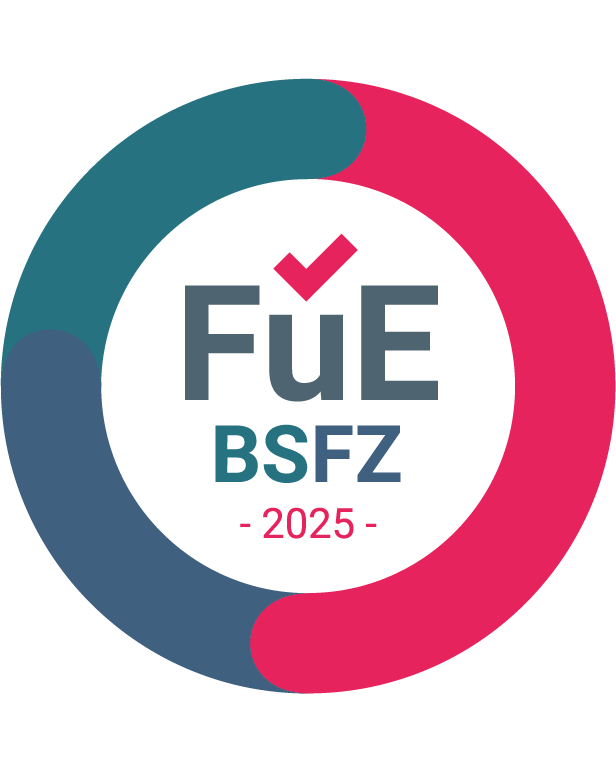Data Integration & Enrichment
Data extracts from SAP, Infor, Oracle or other ERP systems, supplier information from SRM, trend analyses in PowerBI: you are no doubt familiar with the problem of having to obtain and reconcile information from different systems. By integrating your data, supplemented by relevant market data, our software offers you an end-to-end solution for strategic purchasing and enables you to reduce system disruptions and work more efficiently.
Decentralized data
as a central procurement solution.
Data Integration
All your internal transactional and master ERP-data, such as supplier master data, parts master data and purchase orders are imported automatically, cleansed and centrally stored.
Target prices, greenfield analyses or shadow calculations and supplier and product group targets can also be imported.

Data Enrichment
External market data such as commodity prices, customs duties, exchange rates as well as energy and logistics costs are constantly fed in live via an external interface and assigned to the individual product groups or parts.

Third Party Solutions
Third-party solutions and operational procurement solutions for S2C, P2P, SRM, ESG, risk management or sustainability can also be integrated into ivoflow - the basis for a successful procurement analytics solution.

Category Architecture
Create the basis for your category organization and strategies. Get a detailed overview of your category structure, broken down into more granular sub-categories and sub-families. Set up individual and customized spend cubes according to the responsibility of each user and ensure transparency and focus for each of your employees.

Your benefits
- Away from system breaks towards more efficiency
- Integration of all relevant purchasing data
- End-to-end solution: from data to strategy implementation



"Our decision regarding the implementation of ivoflow was one of our most important strategic steps in the past few months. The solution orientation and professional support in the introduction and training phase from the entire ivoflow team is very positive, starting with the two founders and the technical experts in the background to the competence of our trainer. Thank you very much!"

Request a Demo now
Ready for an individual demo with our experts? Let us discover your potential in procurement and talk about savings initiatives.
Book DemoCommodity Structure and Data Integration
What is a commodity group structure in purchasing?
With the commodity group structure, we ensure that commodity groups (or: categories, commodities) and teams are structured according to their company and commodity group codes as well as the business areas. This allows you to easily understand different roles and responsibilities.
What is category management in purchasing?
Category management or the product group structure in direct purchasing is an essential component of efficient strategic procurement management. Companies can use a product group structure to organize and optimize their direct purchasing activities and obtain a clear overview of their product groups. The product group structure also serves as a basis for classifying products or services according to various criteria (function, quality characteristics, origin, intended use).
How is a product group structure organized?
Usually, the material group structure begins with a top level that reflects the company's overall strategy: for example, the distinction between direct and indirect procurement. Direct procurement includes raw materials, components or other materials that are used directly in the manufacture of products. ivoflow specializes in the optimization of direct procurement. Below the top level, the product groups or categories/ commodities are further subdivided into subcategories that represent specific product groups. This subdivision is made, for example, by product type (e.g. Electronics, Metals, Mechanics), by supplier (e.g. main suppliers, regional suppliers), by geographical origin or by strategic importance.
Why a product group structure?
The product group structure can vary depending on the size of the company, industry and specific requirements, but in any case it enables clear and efficient procurement. The material group structure in the ivoflow software ensures that each purchasing manager only sees the information relevant to their area of responsibility. The assignment of rights in the material group structure therefore determines the global rights in the tool.
SAP data integration
Data integration of ERP data (e.g. SAP) in strategic purchasing is an elementary process that helps companies make data-based decisions, increase the efficiency of their procurement and reduce costs. As one of the leading ERP systems, SAP is used by many companies worldwide for their business processes, including purchasing. Data integration of SAP data in strategic purchasing ensures a seamless flow of information between different SAP modules and other systems used in strategic purchasing. This integrative approach enables companies to efficiently collect, analyze and use purchasing data to make strategic decisions and realize value creation potential. As part of data integration in strategic purchasing, various SAP modules are linked together: , for example the Materials Management module (MM), Supplier Relationship Management (SRM) and Business Warehouse (BW). By integrating these modules, companies can seamlessly manage and control the entire procurement process from requirements planning to supplier evaluation and invoice processing. ivoflow automatically imports all existing internal transaction and ERP master data such as supplier master data, parts master data and order data from your systems into the software, cleanses the data and stores it centrally.

Want to know more
about our procurement solution?
Let us show you how ivoflow can support your business. We are ready to showcase our procurement management system. Together we will find the perfect solution for your company. Feel free to give us a call or e-mail us today!
























